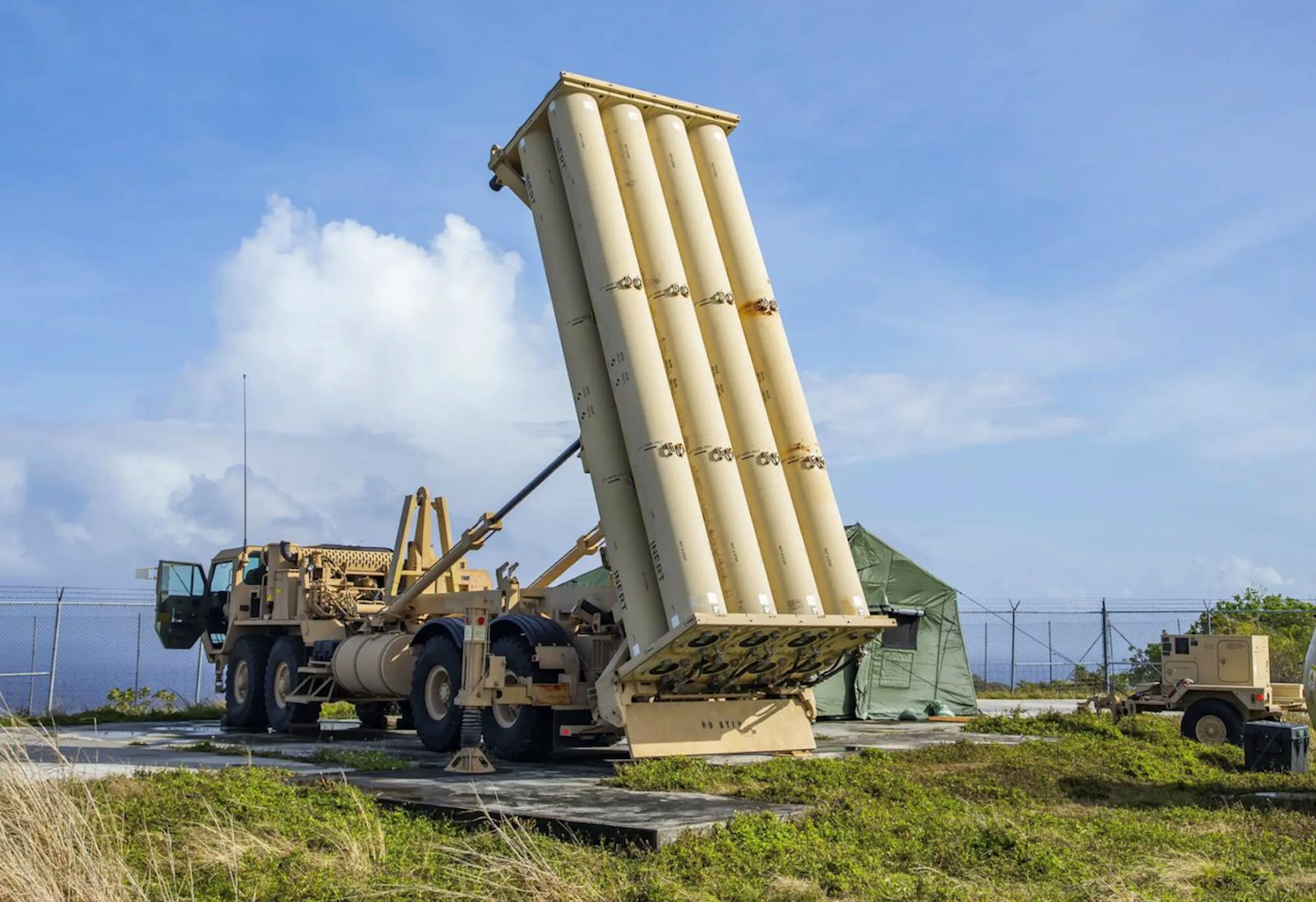(MENAFN- Asia Times) In November 2023, Russia's withdrawal from the 1990 Conventional armed forces in Europe (CFE) treaty marked another milestone in the unraveling of agreements between Moscow and the West. The CFE, designed to limit weapons in Europe, symbolizes the steady decline of Western-Russian cooperation.
Citing NATO expansion, Russia previously suspended CFE operations in 2007 , and in 2011 the US and other NATO allies halted information sharing with Russia on certain treaty provisions. After Russia's November decision, the US and NATO allies suspended participation in the CFE.
Optimism for global cooperation initially soared during and immediately after the 1991 Soviet collapse. In the 1990s, the US and Russia established the START Missile Treaty to reduce their nuclear arsenals, created the NATO Partnership for Peace (PfP) and the NATO-Russia Permanent Joint Council (NRPJC ) to facilitate joint peacekeeping and stability in Europe, and Russia joined the G-8 to enhance economic coordination.
Collaboration also grew in counter-narcotics and counterterrorism initiatives , civil emergency response , space exploration , biomedical science , and maritime search and rescue operations .
The Shared Beringian Heritage Program was created to protect regional ecosystems and indigenous communities between Russia's Far East and Alaska, and the Arctic Council and Arctic Environmental Protection Strategy came to promote similar ideals between Russia and NATO-member Arctic countries.
But by the end of the 1990s, conflicting geopolitical interests in the former Yugoslavia, coupled with NATO enlargement into Central and Eastern Europe, caused significant strain on Russia-Western relations .
Washington's decision to leave the Anti-Ballistic Missile Treaty in 2002 in the aftermath of 9/11 also set a precedent, and though the SORT Treaty was signed that year to reduce strategic nuclear weapons deployed abroad, it lacked important specifics, undermining enforcement mechanisms .

The Terminal High Altitude Area Defense (THAAD) missile defense system. Photo: Sgt. 1st Class David T. Chapman / US Army
Additional NATO enlargement in 2004 , a 2007 US proposal for a missile defense shield in Europe (that Russia argued violated parts of the START I Treaty), and Russia's 2008 invasion of Georgia further discouraged cooperation.
The US and Russia managed to“reset” relations in 2009, resulting in suggestions for a scaled-back version of the missile shield and the creation of the US-Russia Presidential Bilateral Commission . And, in 2010, the New START Treaty helped prolong nuclear weapons limits, while the Joint Plan of Action reached in 2013 showcased Russian and Western coordination over Iran's nuclear program.
MENAFN20122023000159011032ID1107630467
Legal Disclaimer:
MENAFN provides the information “as is” without warranty of any kind. We do not accept any responsibility or liability for the accuracy, content, images, videos, licenses, completeness, legality, or reliability of the information contained in this article. If you have any complaints or copyright issues related to this article, kindly contact the provider above.